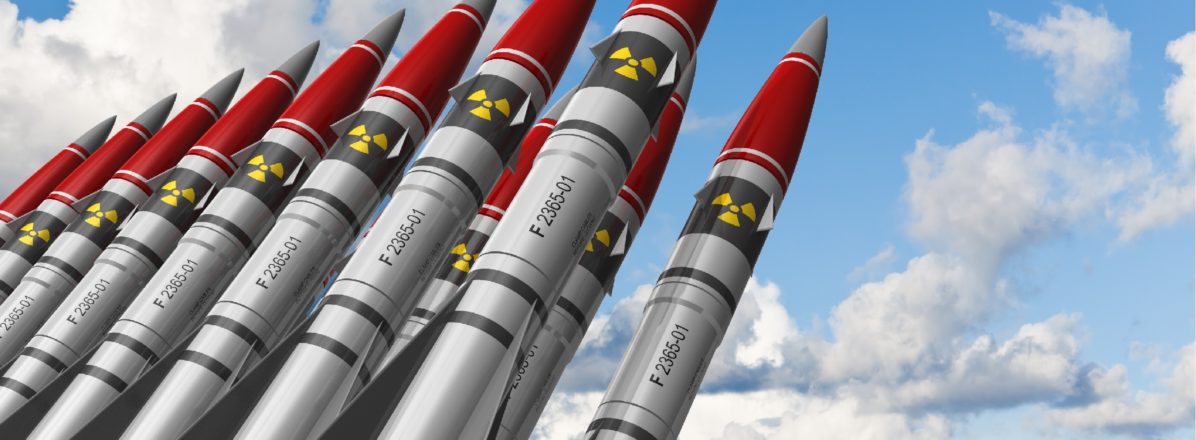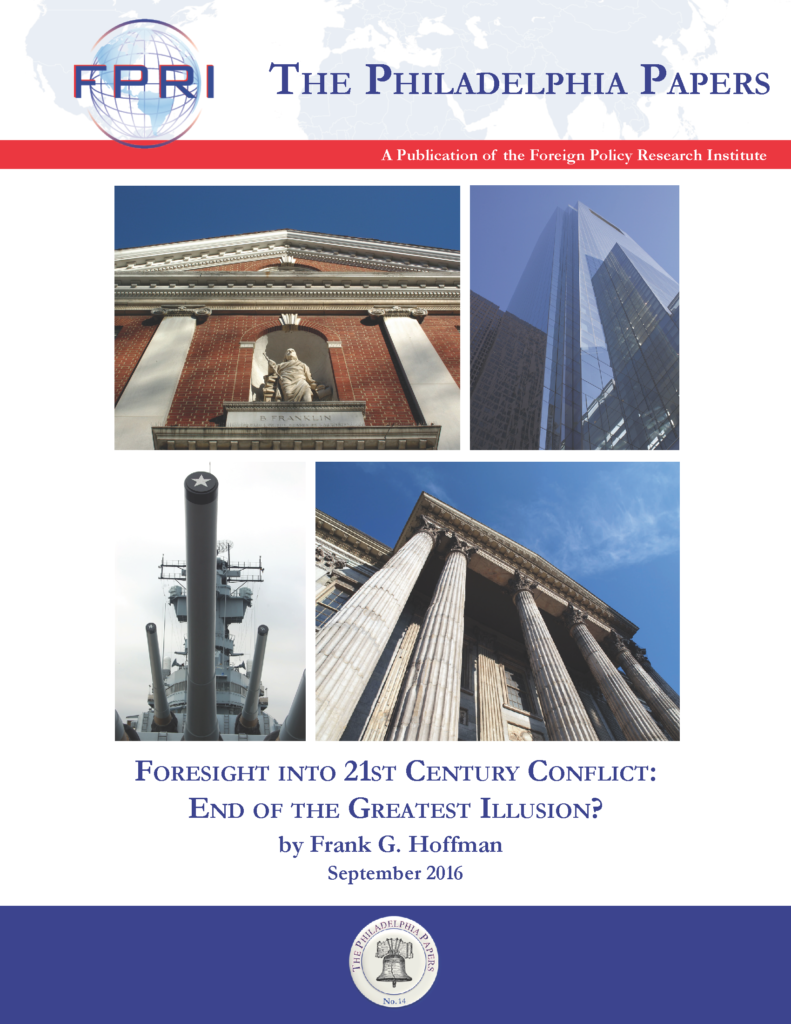A nation must think before it acts.
Executive Summary
This piece examines the contours of tomorrow’s security environment. It briefly examines current conflict data and then generates insights on how changes in today’s environment could alter trends in future conflicts. It concludes with a summative forecast on the frequency and character of interstate and intrastate conflict as well as a set of judgments for the national security and policy community. This assessment examines the period between 2016 and 2035. The basic research issue which frames this effort involves defining trend data in interstate and intrastate conflicts and exploring how the contexts that influence trends of the last two decades might evolve.
Despite commentary from numerous authors, according to at least three published institutional reports, current conflict levels are increasing, not decreasing. Moreover, battle-related deaths and other human costs of conflict are sharply up, not declining. Trends from the last 20 years appear to be in transition, which suggests that the cycles of history are once again in motion. Present near-term trends of increased frequency and ferocity of conflict could be reversed (if history is a guide), but one must explain the logic that will take events in a positive direction.
In light of this information, the intelligence and analytical communities must develop an awareness of the geopolitical context that could evolve from a plausible evaluation of drivers in the near future and the potentially grave consequences that may emerge. Contrary to assumptions about linearity in past patterns, trends are not immutable, and they do not proceed in only one direction. Neither perpetual global peace nor persistent conflicts are preordained. Trends are the consequence of a dialectic between several variables; the most important of which have been either overlooked or ignored.
Given the wide disparity of conclusions from divergent schools of thought, how should one evaluate the possibilities of an unknowable future? Few predicted the emergence of the Islamic State five years ago, and only one strategist, Colin Gray, foresaw Russia’s aggression into Ukraine. The national security policy community is best served by historically grounded and realistic forecasts instead of illusions that war will go away. In that vein, the following study examines the present and strives to explore the future to 2035. To examine the future, this paper identifies the trends or drivers that might cause crises and create demands for our Nation’s Armed Forces.
Most scholars normally expect multiple drivers to cause war and are leery of mono-causality. Therefore, this article examines a total of seven possible drivers to assess possible changes over the forecast period and how they could impact the frequency or casualty levels in either interstate (between states) or intrastate wars (civil, ethnic and societal conflicts):
- Geopolitical Competition
- U.S. Engagement and Capacity Levels
- Alliance Cohesion and Capacity
- Peacekeeping Support
- Democratic Governance
- Resource Competition
- Technological Diffusion
The assessment section of this research project reviews these seven factors. The analysis shows that there are several reasons to think that both interstate and intrastate wars are more likely to occur and with greater consequences than many scholars had recently projected. The number of conflicts is again on the rise as both states and violent actors contend for influence and seek to establish their position. Contrary to optimistic depictions of the present international system, there are powers seeking to alter or undermine the existing order. Furthermore, the alliance system and military power that supported both strategic and conventional deterrence is weakening; there is no consensus supported by the authoritarian leaders in Beijing or Moscow about international norms; and competitors are certainly vying for influence in Asia, the Persian Gulf, and along Europe’s frontiers.
History does not move continuously in one direction, and forecasts must examine history to identify key drivers and the conditions which influence the onset of wars. When this project was initiated, the study team hypothesized about the potential for increases in conflict. As this project concluded, the hypothesis was no longer a question but an operative fact. As the data shows, more violence is already occurring. Based on the analysis, the following forecast judgments were developed for consideration by the U.S. security policy community:
- Policy makers should be leery of prognostications about war going away. U.S. security requirements are not and should not be analytically tied to short-term trends like the ongoing number of conflicts.
- Interstate conflict is assessed as increasing in probability after an era in which it was very rare.
- While the likelihood of interstate war is rising, states will also find means short of war to compete for advantage that still produce adverse security implications for the United States.
- Non-state actors will exploit a broader set of military capabilities and are likely to exploit means that will produce higher degrees of violence and lethality.
- While interstate conflict may be infrequent, the proliferation of precision weapons and low-cost, smart munitions is likely to pose higher risks and greater casualties to U.S. forces.
Click the image below to read the E-Book in its entirety.






